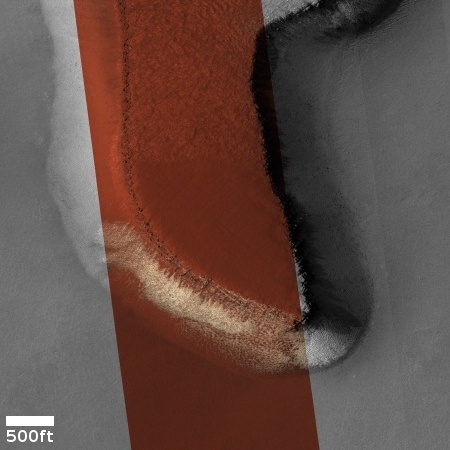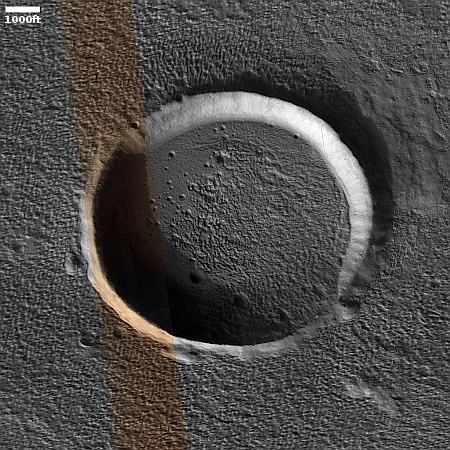Rocket startup ABL lays off a significant number of staff
As a result of a launchpad fire that destroyed its rocket — just before it was going to make the second attempt to achieve orbit — rocket startup ABL has now laid off a significant but unstated number of staff in order to save money.
In a post on LinkedIn Aug. 30, Harry O’Hanley, chief executive of ABL, said the company was laying off an unspecified number of people. He included the email he sent to company staff after an all-hands meeting to discuss the layoffs.
In 2021 the company had raised almost $400 million in private investment capital, but it is possible that the loss of its first two rockets, one mere seconds after launch and the second before the launch could even occur, has possibly caused some investors to pull their money from the company. It is also possible those investors also recognized that the increased red tape imposed on all rocket companies since the FAA instituted its new “streamlined” Part 450 regulatory rules in 2021 was likely going to delay the next ABL launch attempt so much it made investments in the company no longer viable.
As a result of a launchpad fire that destroyed its rocket — just before it was going to make the second attempt to achieve orbit — rocket startup ABL has now laid off a significant but unstated number of staff in order to save money.
In a post on LinkedIn Aug. 30, Harry O’Hanley, chief executive of ABL, said the company was laying off an unspecified number of people. He included the email he sent to company staff after an all-hands meeting to discuss the layoffs.
In 2021 the company had raised almost $400 million in private investment capital, but it is possible that the loss of its first two rockets, one mere seconds after launch and the second before the launch could even occur, has possibly caused some investors to pull their money from the company. It is also possible those investors also recognized that the increased red tape imposed on all rocket companies since the FAA instituted its new “streamlined” Part 450 regulatory rules in 2021 was likely going to delay the next ABL launch attempt so much it made investments in the company no longer viable.






